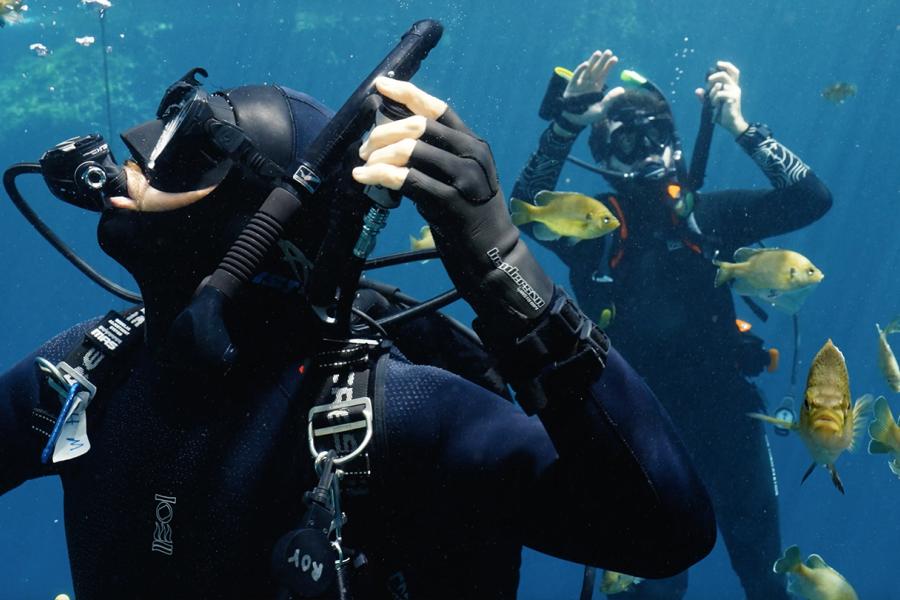
Mini Scuba Tank Regulator Setup: 5 Compatibility Checks
To ensure your mini scuba tank regulator setup works smoothly, perform these 5 checks: 1) Verify thread compatibility (most mini tanks use CGA-347 or DIN); 2) Confirm working pressure range (200-30...
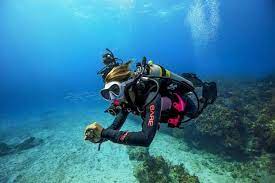
Ice Diving Prep: 5 Extreme Cold Precautions
When preparing for ice diving, extreme cold precautions are crucial: wear a 7mm neoprene drysuit with thermal layers to prevent hypothermia, use heated gloves (maintaining 20°C/68°F) to retain dext...
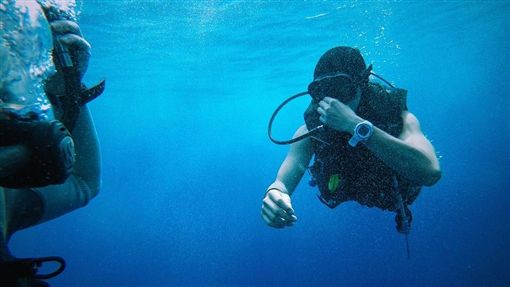
Tank Neck Thread Cleaning: 7 Step Corrosion Prevention Guide
"Tank Neck Thread Cleaning: 7-Step Corrosion Prevention Guide ensures long-term durability by removing debris, applying anti-rust coating (0.1mm thickness recommended), and inspecting seals. Key st...
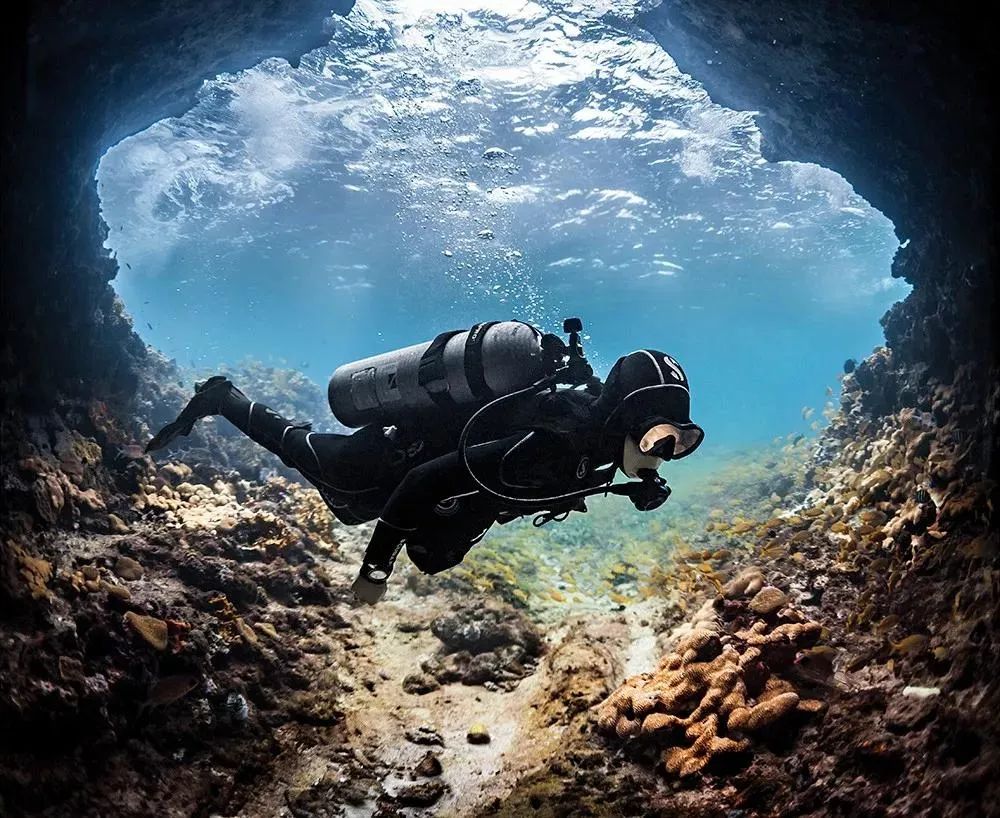
Visual Inspection Checklist: 5 Interior Corrosion Signs
Here’s a concise 60-word visual inspection checklist for interior corrosion signs: Look for rust streaks (≥2mm wide) near joints, bubbling paint (5-10mm diameter), white powdery deposits (indicatin...
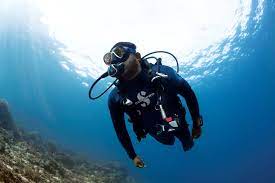
Why Do Mini Tank Pressures Vary 6 Temperature Effect Scenarios
Mini tank pressures vary due to temperature changes because gas expands when heated and contracts when cooled. For every 10°C rise, pressure increases by ~3-5%, while a 15°C drop can reduce it by 4...
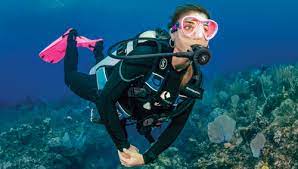
Emergency Free Flow Procedures: 5 Response Steps
Emergency Free Flow Procedures: 5 Response Steps outline critical actions during crises: 1) Assess the scene for hazards (e.g., 80% of delays stem from poor visibility); 2) Activate alarms and noti...